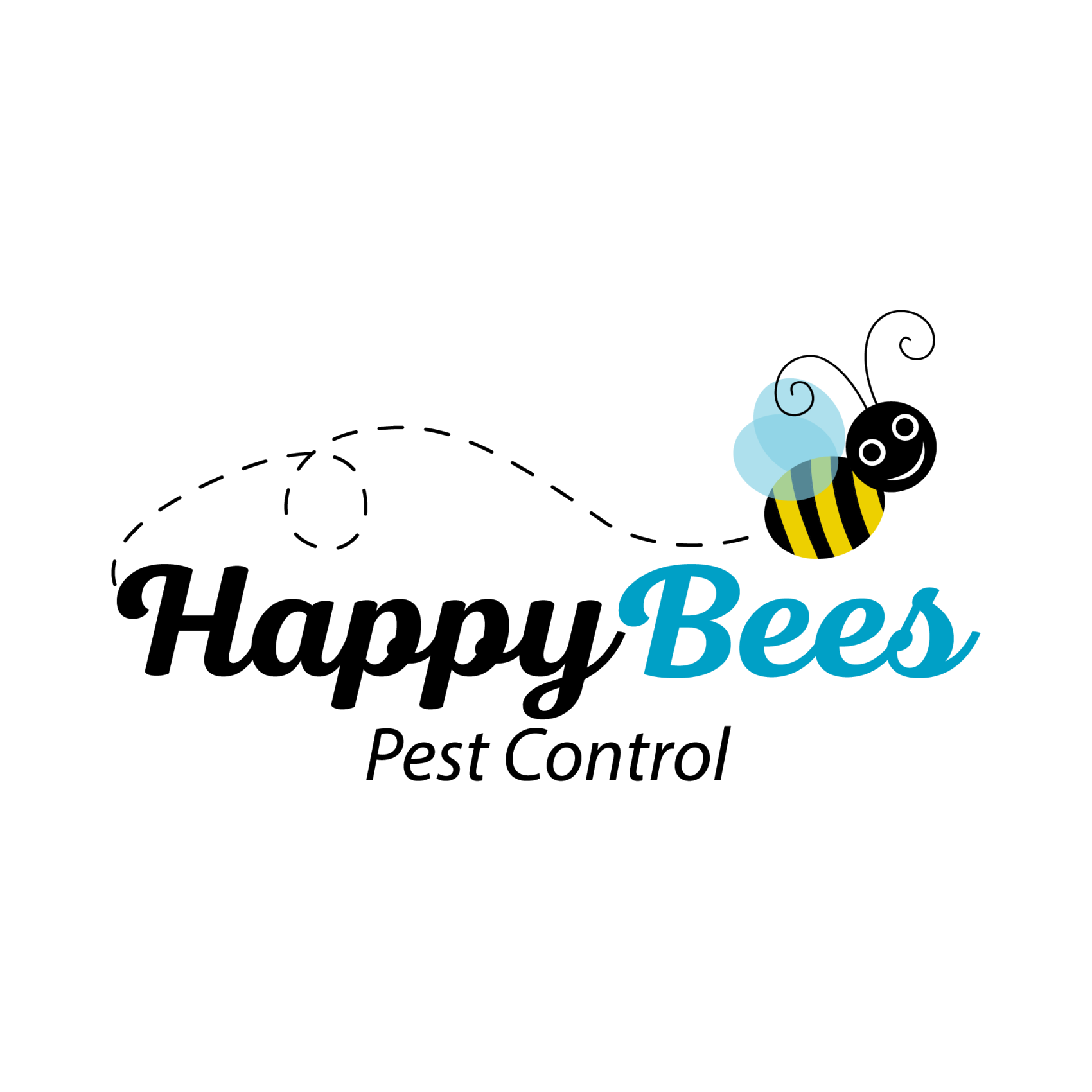This question recently came up when a friend of mine was visiting from the East coast. We had just settled down for coffee in a cafe, and as I was explaining the core mission of Happy Bees Pest Control to her, and how important protecting our pollinators are to our global food supply, she asked me “Are Bees the only pollinators”?
Its a great question, because even though I have been in the industry protecting people’s homes and businesses for over 2 decades from unwanted pests, I myself didn’t know the full answer until not that long ago. Are bees the only pollinators? And..what are the other ones that help pollinate?
I was thrilled that she was genuinely interested it seemed and it gave me the opportunity to explain; that there are over 200,000 different species of animals around the world that act as pollinators! Of these, about 1,000 are vertebrates, such as birds, bats, and small mammals. Who knew! Bats can also pollinate!
Well, she was shocked to think of bats as actually being beneficial, because bats can also carry infectious diseases such as rabies, histoplasmosis, salmonellosis, amongst others and also viruses such as ebola virus, SARS coronavirus and others which can be fatal! It’s important to call a professional pest control expert such as Happy Bees Pest Control if you every encounter an issue inside or around your home with Bats!

Figure 1: Photo by René Riegal on Unsplash
But Bats as I explained, after dark, they take over the pollinator night shift and are also beneficial! Bats help pollinate Agave plants and our Arizona state cactus plant the Saguaro. The pollination of plants by bats is called chiropterophily. Bats are also important pollinators in tropical regions for fruits.
Here in Arizona the lesser long-nosed bat and the Mexican long-tongued bat, migrate north a thousand miles or more every spring from Mexico into Arizona to help pollinate. So, next time you drink some tequila or eat a mango, say thanks to the bats!
The rest of the 200,000 animals that pollinate are invertebrates, including flies, beetles, butterflies, ants, moths, and bees.
Ants she said? Yes, ants are also not typically identified as being pollinators because it is relatively rare, but it does occur. Ants visit low-growing flowers that they have easy access too. Examples of ant-pollinated plants in North America include Small’s stonecrop (Diamorpha smallii), alpine nailwort (Paronychia pulvinata), and Cascade knotweed (Polygonum cascadense).

Figure 2: Photo by Luca Caruso on Unsplash
Flies were also surprising to my friend as being pollinators. Some flies are definitely a nuisance, but some flies can also be beneficial pollinators such as Hoverflies. Hoverflies, make up the insect family Syrphidae. As their common name suggests, they are often seen hovering over flowers and sometimes.. can be confused with wasps or bees at first glance.
Hoverflies are important pollinators of carrots, avocado, apples, pears, cherries, plums, apricots, peaches, strawberries, raspberries, blackberries and a number of other edible crops.

Speaking of edibles…as we were literally eating our chocolate biscottis, chocolate is made from the seeds of cacao trees, whose flowers can only be pollinated by specialized midges in our tropical rainforests. Who can imagine life without chocolate! Not me.

Figure 3 The tiny chocolate midge is the only pollinator who serves the cacao plant.
Brian V. Brown/Encyclopedia of Life
As our conversation gradually turned back to life, family and the upcoming holidays, I appreciated the fact that my friend might think of our beneficial pollinators in a different light after our conversation.
Remember…..If you find pests inside your home or they have become a nuisance to you and your family, lets face it, they are not being beneficial! Reach out to us at Happy Bees Pest Control. We would love to help resolve your pest issue. Because Happy Bees makes a Happy Home!
